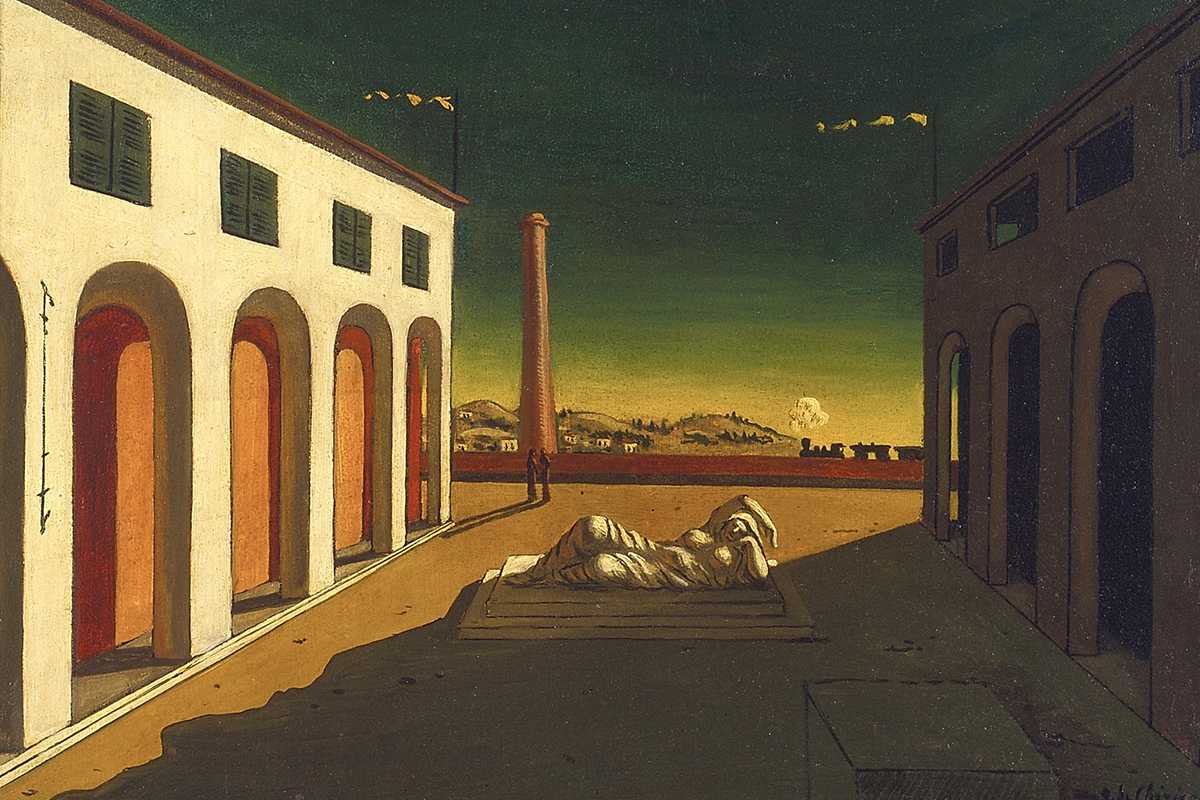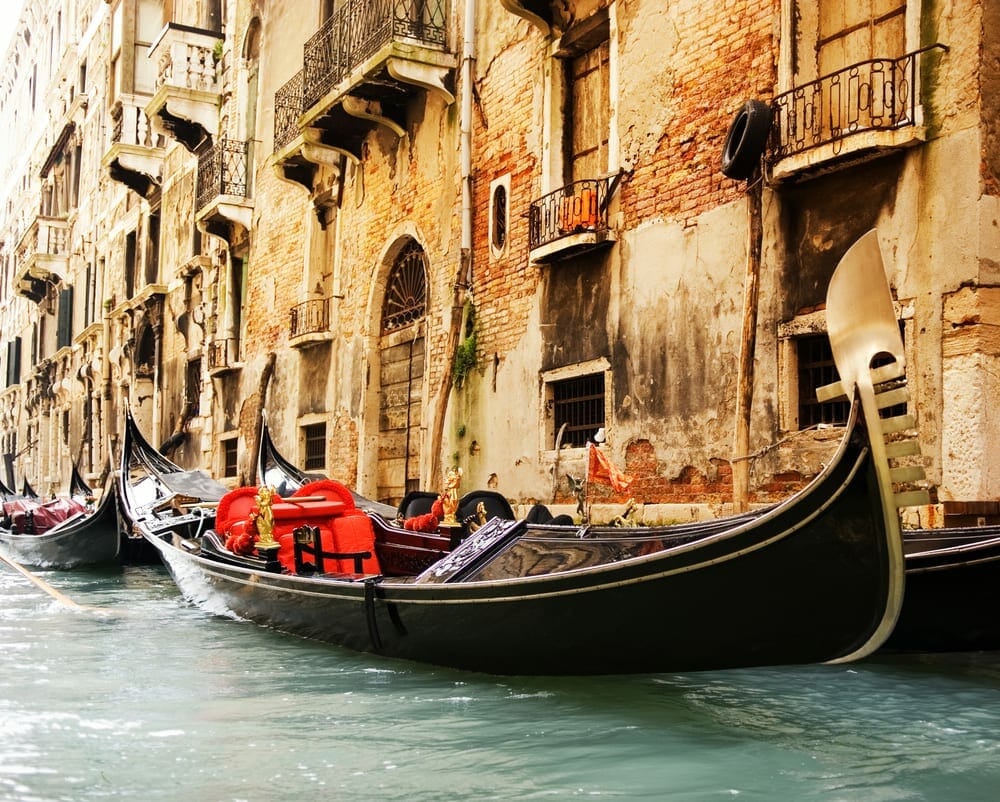Italy is known for its cultural history and the myriad of symbols associated with it. From the traditional food to the national flag, Italy symbols are an integral part of their culture. In this article, we will explore some of these meaningful symbols and uncover what they represent.
We’ll take a look at how they originated, why they were created, and what message each one conveys. Through understanding Italy’s most famous Symbols, we can gain insight into this beautiful country’s rich past and vibrant present.
Exploring the History of Italy Symbols
From the Colosseum to the Leaning Tower of Pisa, Italy is dotted with iconic symbols and monuments that tell stories of centuries-old history. But what do these symbols mean? Uncovering the Meanings Behind Italys Most Famous Symbols takes readers on a journey through time to explore how some of its most famous landmarks originated and why they remain so important today.
From ancient ruins to vibrant cityscapes, this article delves into the cultural significance behind each symbol and reveals its lasting impact on Italian culture. It also examines how traditional designs have been adapted throughout history to capture new interpretations or commemorate different events.
Through both historical analysis and modern interpretation, this article presents an in-depth examination of some of Italy’s most iconic symbols – from the Roman Coliseum up to Mount Vesuvius – illuminating their pasts and exploring their futures as well.
The Significance of Italys Symbolic Artworks

Italy is renowned for its diverse and symbolic artworks, which capture the country’s history, culture, and values. From ancient sculptures to Renaissance frescos, Italy has been a major source of inspiration for centuries. The significance of these artistic expressions lies in their ability to reflect the nation’s identity through visual representation.
Through these works of art, Italians have passed down stories and traditions that continue to influence modern culture today. Some symbols such as the Italian flag or Il Tricolore are iconic representations of national pride. Others like Michelangelo’s David or Raphael’s School of Athens represent some of Italy’s greatest contributions to Western art history.
The Sistine Chapel ceiling is an impressive work depicting Biblical scenes from Genesis painted by Michelangelo in 1512-1513; it serves as a reminder that religious beliefs remain central in Italian society even today. Additionally, many famous monuments across Rome commemorate moments from antiquity such as the ruins at Pompeii or Trajans Column which celebrate victories during Ancient Roman times.
The symbolism behind each artwork varies greatly depending on who created them and when they were made, but all together demonstrate how important visual storytelling is within Italy’s culture and heritage. By understanding this concept more deeply – through uncovering the meanings behind its most famous symbols – we can better appreciate why Italians value their past so much while embracing their future with open arms!
Decoding the Messages in Italys Iconic Symbols
From the Colosseum in Rome to the Leaning Tower of Pisa, Italy is home to some of the world’s most iconic symbols. But what do these symbols mean? In this article will uncover the hidden meanings behind Italy’s famous symbols and decode their messages. The Colosseum is one of Rome’s most distinctive landmarks and a symbol of Italian history.
Built by Emperor Vespasian in AD 70-72, it was originally used as an amphitheater for gladiator battles and other public spectacles. Today, however, it stands as a proud reminder of Ancient Roman strength and power – a sign that even after centuries have passed, its legacy still lives on. The Leaning Tower of Pisa also serves as a powerful symbol in Italian culture. It has been standing since 1173 and continues to lean today despite numerous attempts at stabilization over the years.
The tower has come to represent resilience – even when faced with seemingly insurmountable odds or difficulties it can still stand tall against them all. Italy’s national flag is another important symbol that holds great significance for Italians everywhere: three vertical stripes representing green (hope), white (faith), and red (charity) – values that are deeply embedded within Italian culture itself. These colors together form an inspiring reminder that no matter how difficult life may seem at times there will always be hope for brighter days ahead if we keep our faith strong enough to carry us through any stormy seas we might encounter along our journey.
Decoding these powerful messages from Italy’s iconic symbols allows us to gain insight into what makes this country so special–a testament not only to its rich cultural heritage but also its timeless values that continue to inspire generations today!
Unveiling the Meanings Behind Italian Symbolism

When it comes to understanding the deep and hidden meaning of Italian symbols, many people are left perplexed. But what lies beneath the surface? What is their true significance? To unravel this mystery, one must delve into Italy’s long history and culture. The most famous symbol in Italy is La Dolce Vita—a phrase that captures the charm of living life to its fullest.
This phrase has become a way for Italians to express their love for good food, wine, music, art, and friendship. It also encompasses a sense of joyfulness regardless of circumstances or hardships; an attitude that allows Italians to stay positive despite tough times. Another popular symbol in Italy is the Il Tricolore—the three-colored national flag with bands of green, white, and red representing faith in God (green), hope (white), and charity (red).
This flag was first used during the 19th century when Italy unified as one nation after centuries divided by various city-states. The colors have since come to represent patriotism among all Italian citizens who proudly fly the tricolor today as a reminder of their shared identity and heritage. Finally, there’s il simbolo della Repubblica Italiana—the emblem depicting a shepherd holding an olive branch on either side while standing in front of a mountain range with three stars above it representing unity among all regions within Italy’s borders.
This image serves as an important reminder for generations past and present about how far they have come together over time through cooperation rather than conflict—an ideal that continues to remain strong even today within modern-day society throughout Europe’s boot-shaped country!

